Adjusting the thread tension on the sewing machine
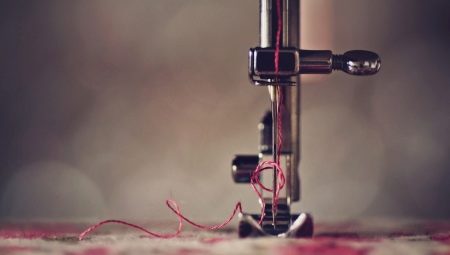
The quality of the seam mainly depends on the tension of both threads in the mechanism of the sewing machine. As soon as the threads are pulled weaker or more tightly, in the first case, the stitches will sag, in the second, the threads, especially the lower one, break, and work with the seam often goes down the drain. This is unacceptable when performing "front" seams. Therefore, correct thread adjustment in the sewing mechanism is so important.
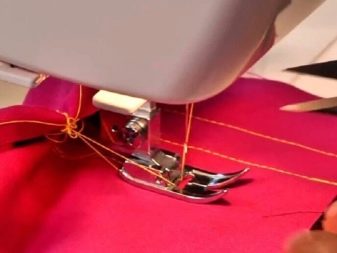
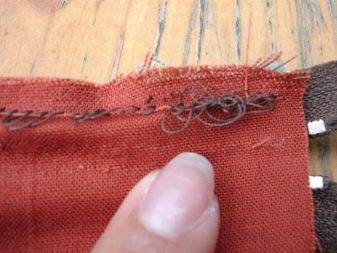
The device and the principle of operation of the regulator
The regulation system, the sewing regulator, the thread tensioner are all names for the same mechanism, which is responsible for the beauty and evenness of the seam. If the condition of the device is faulty, this causes failures in sewing seams, namely: the threads are torn, knots are formed, the stitch can loop. Sometimes the lower thread breaks up, from the upper thread they can change places, the fabric in the seam area becomes overtightened. But disassembling and assembling household and industrial machines is not too difficult.
Adjustment of the upper thread tension on old sewing machines is carried out by means of compression washers.
They are spring loaded, adjustable with a nut on a fixed bolt or with a movable screw. The screw (or bolt and nut) also carries the tensioner itself - so that all its parts are not lost.
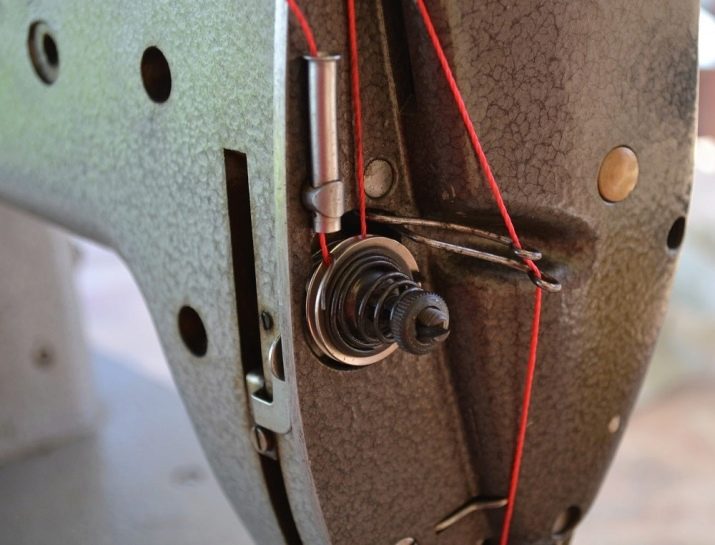
So, on "Chaika" typewriters, the screw holding the tensioner is fixed directly on the body. He is a frequent culprit in failing to ensure perfect seams. The plastic body of the tensioner "slides" to the side due to the vibration generated by the machine during intensive operation of the needle bar and shuttle. The tensioner itself may fall out of its docking position. You can reduce the tension of the upper thread on the "Seagull" by using an elongated bent pin.
But in modern models of Russian production, the tensioner is fixed in a more practical way. It is not repairable - but its reliability is significantly ahead of the tensioners on the Chaika and Singer machines. It is enough just to clean it from the fluff left by the moving thread. Raise its squeeze plate washers easily by placing a screwdriver between them. With the help of a toothpick or a toothbrush, the "fleece" accumulated on them is removed in seconds.
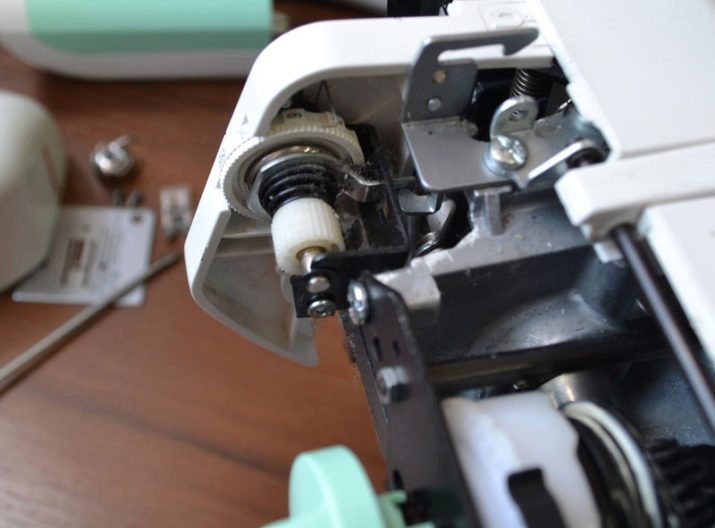
The tensioner on the more compact modern overlock sewing machine requires more regular cleaning... This type of machine is used so often (and for a long time) that almost 100 km of thread passes through the tensioner. The thread "debris" cakes together, and the tensioner works much worse, which cannot but affect the quality of new seams and patterns. The tensioner does not contain washers that squeeze the thread, and its maintenance consists only in blowing out its pressing part.
Industrial sewing machines have a tensioner similar in design to that of household machines.
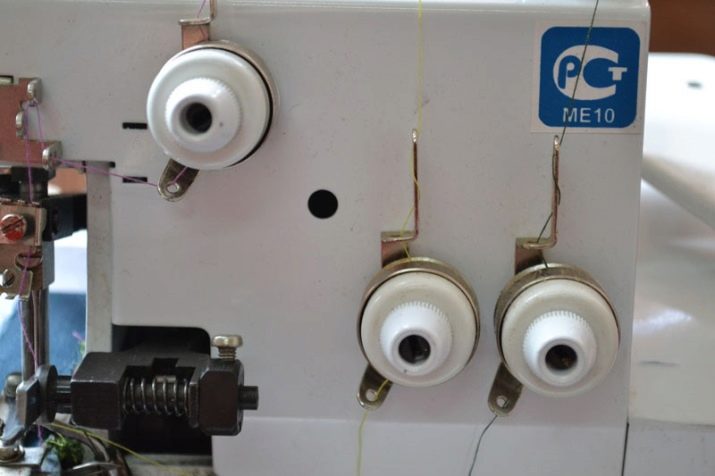
How is the adjustment carried out
Before making fine adjustments to the upper and lower threads, it is recommended to make a test seam on an unnecessary piece of fabric... Carefully inspect the stitches just released from under the needle. If there are defects, but they are small, use a magnifying glass. Properly adjusted equipment allows you to get a flawless seam on both sides of the fabric. If the tensioner malfunctions, the threads may compress the fabric excessively, or the stitches may sag and the fabric may not be stitched securely.
If there are no such defects, continue sewing - the machine works perfectly and without your intervention in adjusting the tensioner.
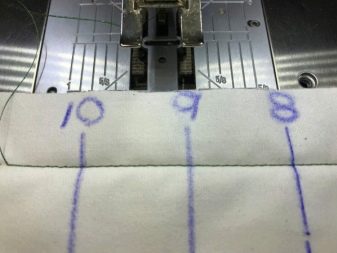
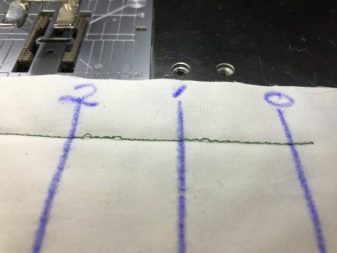
If, nevertheless, you did not like the quality of the seam, always know that setting the threads one by one will be effectively hidden between the layers of the sewn fabric. "Wrinkles" on any layer of fabric are no longer formed here. The fact is that the tension of the threads is arranged in such a way that one thread pulls the thread towards itself when it is inserted after the other. The other starts up for the first in the same way. With equal tensile strength, the seam is perfect. However, one of the threads should be pulled more - it will pull the other over itself, and the layers of fabric will also be pulled. The principle is as follows: when pulling points of the lower thread appear from above, the upper one is too stretched; the converse is also true.
Be sure to check that the machine works smoothly and accurately. Threads should be threaded into the machine strictly according to the instructions. The bobbin should not spontaneously lock or slip out during the operation of the machine. The tensioners must be clean. The foot, needle, guide, tension lever, hook, bobbin holder and needle bar mechanism must be free of chips, notches, unnecessary bulges and concavities, which are ideally not provided. Any one damage - and the thread may be overtightened.

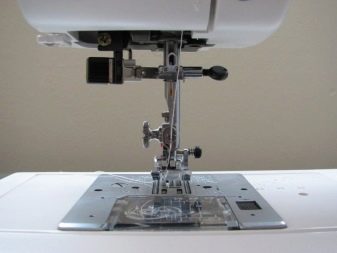
Make sure the thread thickness is correct for the thickness of the fabric.
It is not recommended to use cotton threads. The best option is threads from any synthetic fiber: nylon, nylon, polyamide, silk, polyester and others. The needle should not be too thin - trying to punch one or more of the stitch holes in an excessively thick and coarse fabric will damage it immediately. Using stitches less than 1.5 mm long will immediately compromise the quality of the seam and the fabric will slip under the staple plate.
And now let's proceed directly to the setup. Find the upper thread tension adjuster. If this is your first time - refer to the instructions included in the kit. For hand-bought typewriters that did not have a user manual, the handle with the numbers printed on it serves as a quick "tip-off".
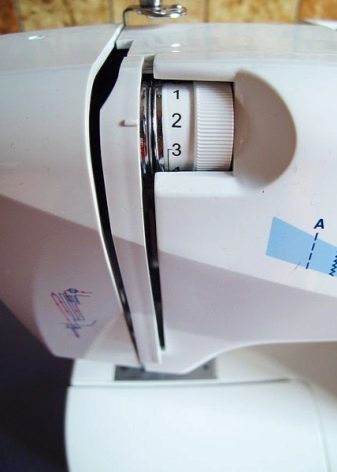
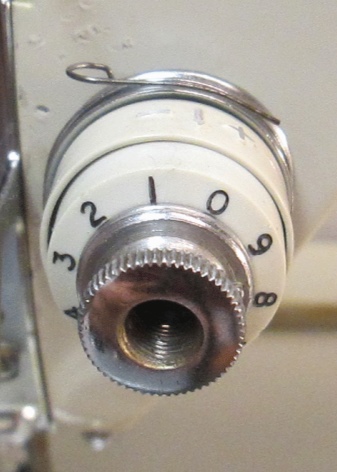
The amount of tension increases as the knob is turned up.The division is half the distance between the numbers. After each change in the tension, carry out a test stitch until the thread slack or over-tightening of the fabric is removed.
Your goal is to get the bobbin and top threads to balance each other. This is remotely similar to the calibration of a scale without an arrow, where the weighing of a batch of released goods was achieved by balancing it with appropriate weights. The bobbin thread should not stick out - this is when the seam is considered ideal. In contrast to the adjustment of the upper thread tension, the adjustment of the lower thread tension is no longer carried out with the help of the regulator.
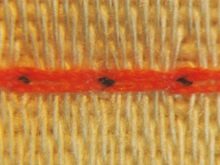
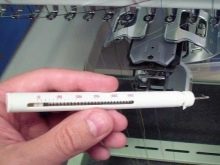
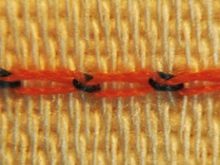
Setting the bobbin thread tension in the primitive case is done by hanging the hook by the end of the thread coming out from under the bobbin cap. If there is no thread unwinding from the bobbin under the weight of the hook hanging on it, loosen its tension. On the other hand, when unwinding the thread quickly, the tension is weak. Ideally, a hook hanging from the thread should advance a few centimeters - but not lower until the bobbin runs out of thread.
The tension is adjusted using the shuttle screw: using a screwdriver, it is tightened clockwise to increase the tension, and vice versa - when it is loosened.
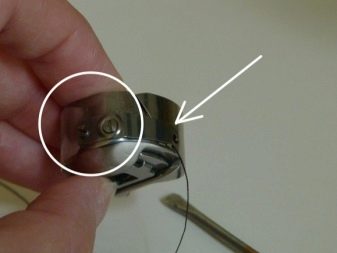
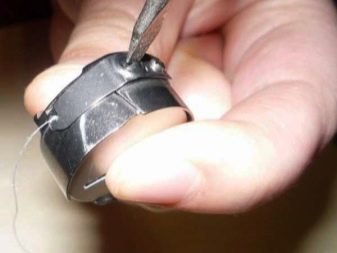
If the hook is not removable, after tightening the screw, it is necessary to make a test seam.
Fine-tuning the thread tensioners results in a perfect seam. You can get to work. Machine setup is complete.
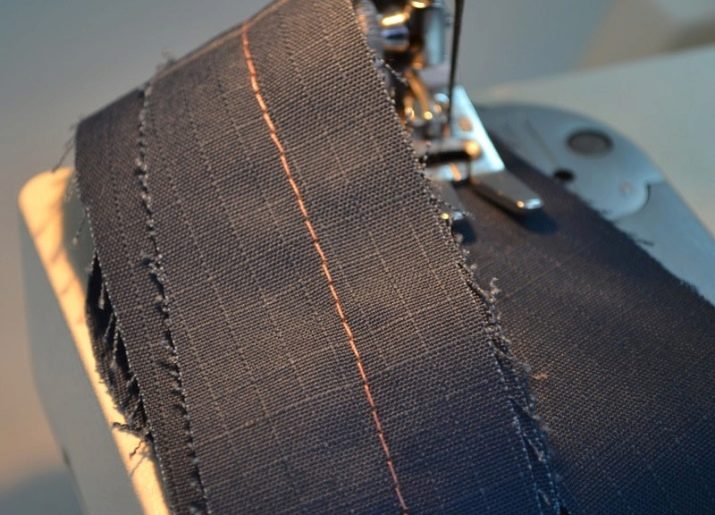
Helpful hints
The following tips will help you avoid wasting time reconfiguring your machine, and with them - and incipient problems in the operation of the device.
- Before starting the next seam, do not forget to pull the ends of the upper and lower threads away from you. This will prevent unnecessary weaving of threads. Newbies often make this mistake for the first time.
- To quickly detect problems with the evenness of the test seam, it is recommended to use threads of different colors, contrasting with the color of the fabric. But directly in your main work you will need threads of similar, not sharply different colors.
- For each type of fabric and thread of different thickness, it is useful to write down the exact settings of the tensioners. This will allow you to set up the machine for the upcoming work in less than a minute and, without wasting time, immediately start sewing.
- Tensioner adjustment should be started from the top, not from the bottom.
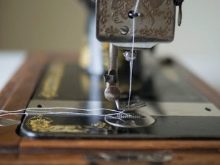
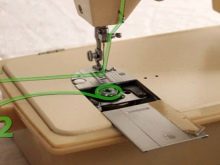
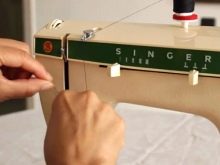
Possible problems and their elimination
Poor thread tension can be due to a variety of reasons.
- The tension springs have loosened or broken over time. The washers cannot connect to each other - no effort required. It is recommended to replace the springs.
- The thread often breaks, becomes frayed. There may be jagged washers on the washers themselves. This is unlikely - steel is unable to deteriorate from rubbing against "plastic" or natural threads, rather, the problem is that these washers have oxidized. Excessive thread tension on the hook tensioner may be due to damage to the bobbin, its cap, or the hook itself.
- The upper thread is also pulled upwhen the tension lever, thread guide, release loop on the needle bar, or the eye of the needle are damaged in the same way.
- Tangling, dumping of the threads on the spools when manually unwinding and winding them, notches on the spool itself can also lead to the fact that the thread does not unwind. In the latter case, this happens when almost the entire bobbin or bobbin is used up, or the thread was wound manually on the bobbin, in bulk, and not neatly on the "winder" of the machine.
- The machine itself may not provide adequate speed. Most often this happens when the engine or mechanism is worn out, the device does not give out the required torque, or the supply voltage has dropped sharply in the network. In this case, the initially correctly configured tensioners turned out to be very "tight" in these conditions, and they urgently need to be reconfigured.However, working on a faulty typewriter is very problematic. It is recommended to give it to an intelligent master for repair. If the product is so worn out that it cannot be repaired or there are no spare parts for it (they have long been out of production), it is recommended to replace the entire device.
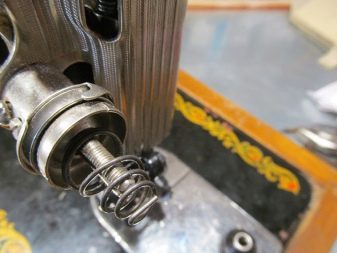
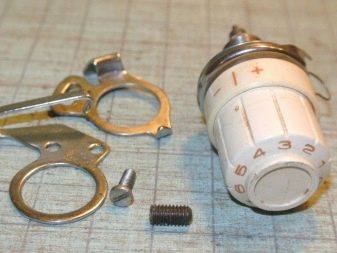


After eliminating all these causes by the elimination method, your device will work normally again.
Correct the incorrect thread tension, it will not be difficult to adjust the tensioners again. It is important, if you still do not know something, to seek advice from the instructions or an experienced seamstress who has gone through similar difficulties.
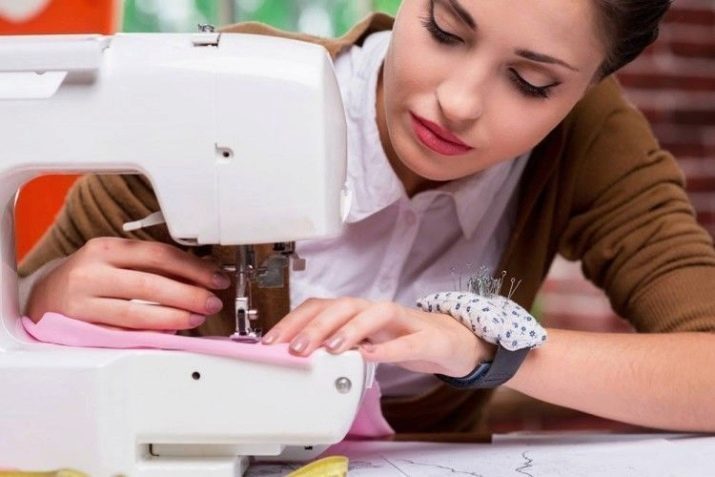
The secret to perfect thread tension is revealed in the video below.









Thanks for the info, especially the video on correct thread tension.